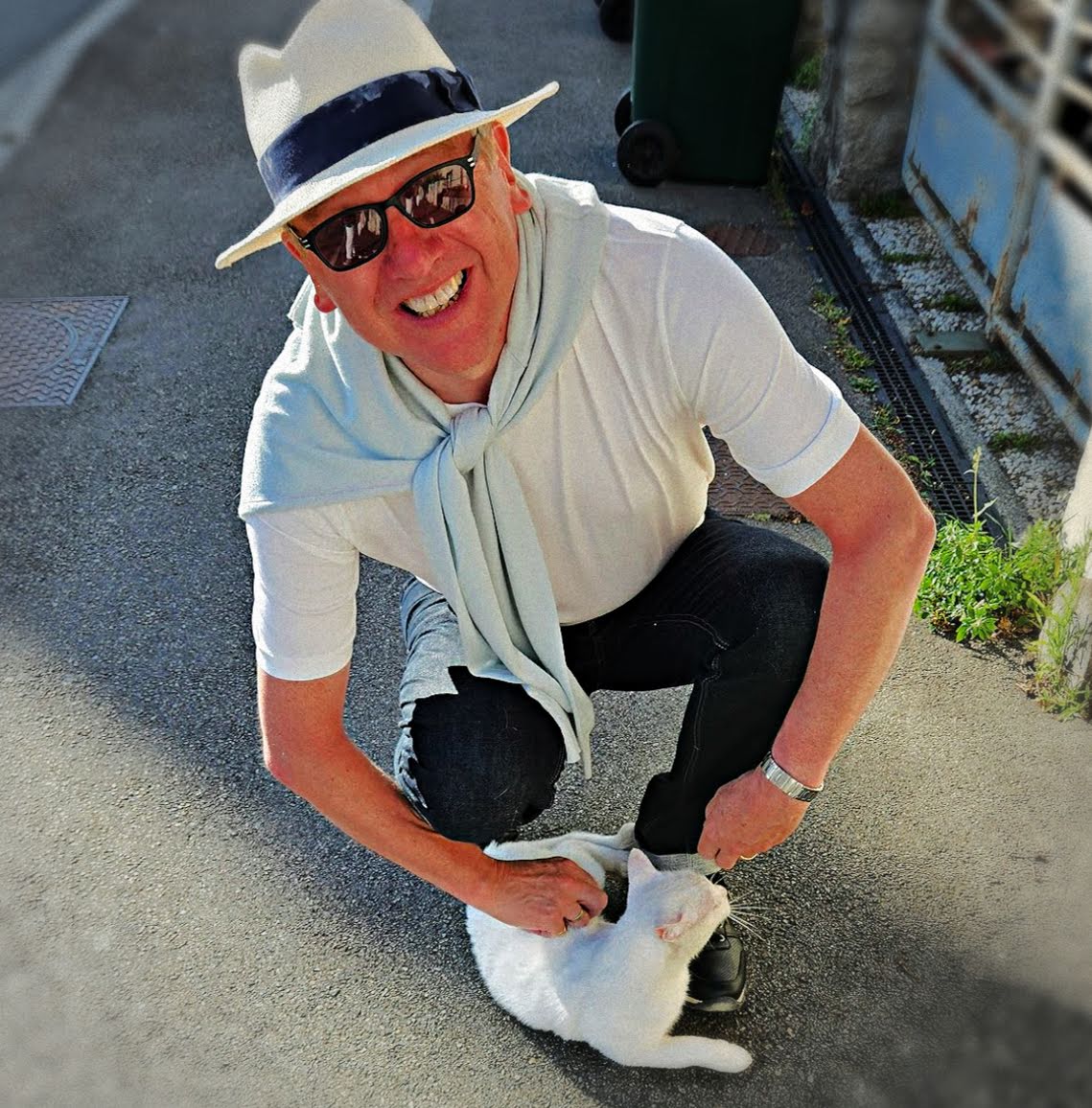You wait 22 years to go to Scotland and suddenly you’re up there twice in a matter of weeks. Following my Glaswegian adventure with The Box last month, with its spontaneous dip into the heavy metal subculture of Iron Maiden, I’m on a coach heading for Edinburgh to see David Bowie. With me is girlfriend, now fiancée, Ava and a bus-load of South Yorkshire-based Bowie fans.
There was a bit of a mad scramble for tickets for the ‘Serious Moonlight’ tour, named after a line in Bowie’s new single ‘Let’s Dance’, as soon as it was announced on ‘The Tube’ TV show in March. Tickets for the indoor shows in London and Birmingham sold out in a heartbeat; so, “due to overwhelming public demand”, promoter Harvey Goldsmith announced four huge outdoor shows for the end of June, three at the Milton Keynes Bowl and one in Edinburgh. The Milton Keynes Bowl sounded like something Armitage Shanks would install in your bathroom, so we opted for a trip to Scotland. It’s a travel and ticket bundle, twenty-five quid each. The gig is on a Tuesday so this means a couple of days off work, one to get up there - over six hours each way on the bus - and Wednesday off to recover.
"By the start of the new school year in September 1973, it was clear that some of my classmates at Firth Park Comprehensive were maturing more quickly than me. I was just about to become a teenager, while many of my, almost exclusively male, friends had passed that milestone earlier in the year. You could spot the ones for whom puberty was a mere inconvenience on their personal fast track to young manhood. Lads like Alan Blythe, Mick Lowe and Nicky P, who wore either Doc Martens boots or tasseled loafers, Ben Sherman shirts, fat sausage roll school tie and a Crombie coat (fake handkerchief in the breast pocket). The latter worn, naturally, over their regulation blazer.
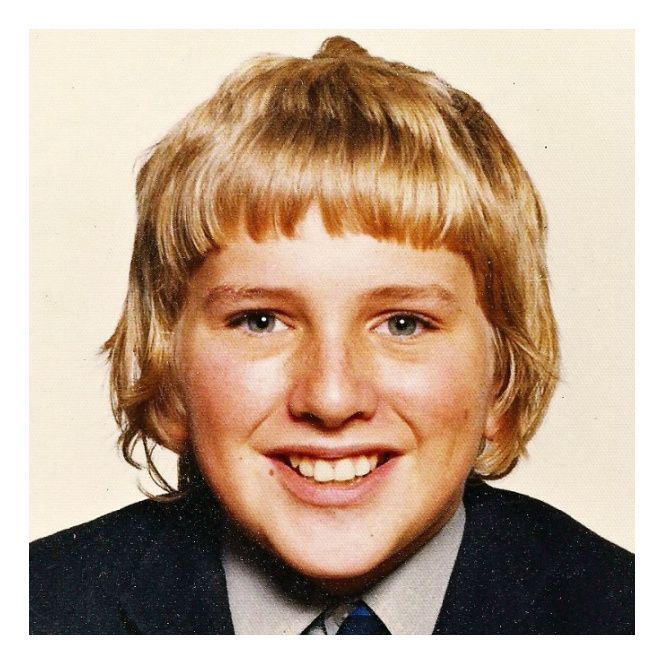
One day during break, Alan and his cronies were gathered around a desk in the classroom looking at an album. I wasn’t friends with this crowd but I was tolerated, so I wandered over for a look. The LP in question was ‘Aladdin Sane’ by David Bowie. I was aware of David Bowie, he’d been on Top Of The Tops. A lot of people say his appearance on the show in July 1972 sparked a cultural revolution. But as an eleven-year-old, I would have been more excited by The Sweet, who followed Bowie with their innuendo-soaked smash ‘Little Willie’. Or the primitive, Bacofoil beat of ‘Rock ‘n’ Roll (Part 2)’ by The Artist Formerly Known As Paul Raven."
We leave Sheffield Pond Street bus station at 8am. A couple of hours later, when we reach the Celtic-sounding ‘Scotch Corner’, I optimistically think we must be near the border, only to find we’re still in Yorkshire. It’s after lunch when the coach drops us off at Murrayfield, just to the east of the city centre. Ava being Ava, she insists we go off in search of a pub, for urgent liquid refreshment.
Thirst slaked, we head to the stadium. I know almost nothing about Rugby Union apart from what you’d see served up on ‘Grandstand’ on Saturday afternoon in the seventies. I associate Murrayfield with commentator Bill McLaren, wrapped in a sheepskin car coat and tartan scarf, purring like a cosy haggis as his fellow Scotsmen put England to the sword in The Calcutta Cup.
"‘Aladdin Sane’ was a handsomely designed record, featuring a gatefold sleeve and a paper insert with the song lyrics printed on it. The photograph on the front cover was extraordinary - a shirtless David Bowie with his eyes closed, a shock of back-brushed red hair and, incredibly, a bright red and blue lightning flash blazing across his face. As fantastic as this was, what had really caught the attention of the lads was the lyric sheet. Specifically the words to a song called ‘Time’.
Time, he flexes like a whore
Falls wanking to the floor
His trick is you and me, boy.
There was sniggering. These boys knew that while it was something all boys our age did, it was unthinkable that someone would mention it in a song that wasn’t aimed at a football referee. You didn’t hear words like “whore” and “wanking” in the pop songs they played on the radio. This was not a record I could play at home on the family radiogram. Nonetheless, it became clear from the comments made by Alan Blythe and his cohorts that David Bowie was something very different in pop music. So when I got my pocket money that week, I did what any other twelve-year-old boy would do… I went straight out and bought ‘The Laughing Gnome’.
I liked the song. It was a funny novelty record for kids, from the same lineage as ‘Right Said Fred’ by Bernard Cribbins or ‘Ernie (The Fastest Milkman In The West)’ by Benny Hill. And in the late summer of 1973 I was still very much a kid. Fortunately, I happened to have a couple of friends who were able to help me discover the other side of David Bowie."
We find ourselves in the East stand, the oldest seated area in a stadium that was opened in 1925. To our right, about sixty yards away, is the stage, an enormous, skeletal structure of scaffolding, blue tarpaulin and all-weather grey protective sheeting. Away on our left side is the empty terracing of the South stand, wide-open and windswept. Thankfully we are seated far enough under the cantilevered stand to be protected from the ever-present drizzle. I learn the Scots have an onomatopoeic word for this weather - dreich. This is the first time that Murrayfield has hosted a music concert and over 40,000 fans are expected to file through the turnstiles. An extraordinary number of them appear to be already squished up together on the pitch, an appropriately giant scrum pushing against the barriers some distance away, below the lip of the high stage.
I’m slightly disappointed to see nothing in the way of peacocks, pierrots or starmen. Perhaps they all got tickets for the London and Birmingham gigs. This is a sensible, dressed-for-the-weather crowd. Or it may be that this simply reflects his new, broader audience, after all the Nile Rodgers-produced ‘Let’s Dance’ album has been in the Top 5 of the charts since it was released in April. Everyone likes Bowie now.
"Brent Sharp, who was a year younger than me, lived at the top of our road. His Mum, Barbara, was young and keen on pop music. She liked Rod Stewart, David Bowie and Paul McCartney, whereas my Mum’s tastes stretched from Jim Reeves to Al Martino. Barbara - always Barbara, never “Mrs. Sharp” - was cool, and she bought albums. Another boy I used to play with was Stuart, who lived in a semi on Oaks Fold Road. Stuart was clever. He always wanted to play in goal, which meant that, whenever teams were being picked, he was always one of the first to be selected. A skinny but fearless child, he was pretty useful between the sticks as well. In May 1974, Stuart turned 14, and his Mum bought him ‘Diamond Dogs’ by David Bowie.
I owe much of my early musical education to the generous mothers of Shiregreen. And to home taping. 50p a week pocket money didn’t go far. Music was becoming more important, but there was still other stuff - Airfix kits, Subbuteo teams, Sheffield United - competing for my meagre allowance. Thank goodness, then, for the founding fathers of ferric oxide at Agfa, BASF and Memorex, manufacturers of the cheap, portable and reusable cassette tape.
I’d hand over a blank tape at school and get it back a couple of days later with ‘The Rise And Fall Of Ziggy Stardust And The Spiders From Mars’ or ‘Diamond Dogs’ on one side and ‘Band On The Run’ or ‘Every Picture Tells A Story’ copied on the other. And this is how I really entered the world of David Bowie, sat at home, with big headphones plugged into my cheap portable cassette recorder. Both bits of kit bought by my frugal Dad from the many secondhand shops down Attercliffe. While Mum and Dad watched ‘World In Action’ on the telly, I pictured a very different world of future legends, moonage daydreams and wild-eyed boys from Freecloud, with the attendant but acceptable background hiss."
I’ve been to the Bramall Lane and Hillsborough football grounds in Sheffield, and Murrayfield is basically a bigger version of these. And while Wembley Stadium has hosted the likes of Elton John and The Who, outdoor concerts on this scale are still something of a novelty in the UK. When I think of David Bowie, I think about glamour, decadence and style. All things which are singularly absent from this sodden, grey converted polo field in the heart of Lothian on a drizzly Tuesday afternoon.
"‘DISC’ magazine printed the full, uncensored gatefold sleeve image of the ‘Diamond Dogs’ album when it was released. It featured a therianthropic Bowie, canine from the waist down, complete with genitals. This immediately went on my bedroom wall, taking pride of place between the two posters that came with Pink Floyd’s ‘Dark Side Of The Moon’. A double page spread of a naked man with a dog’s cock. My mum never said a word."
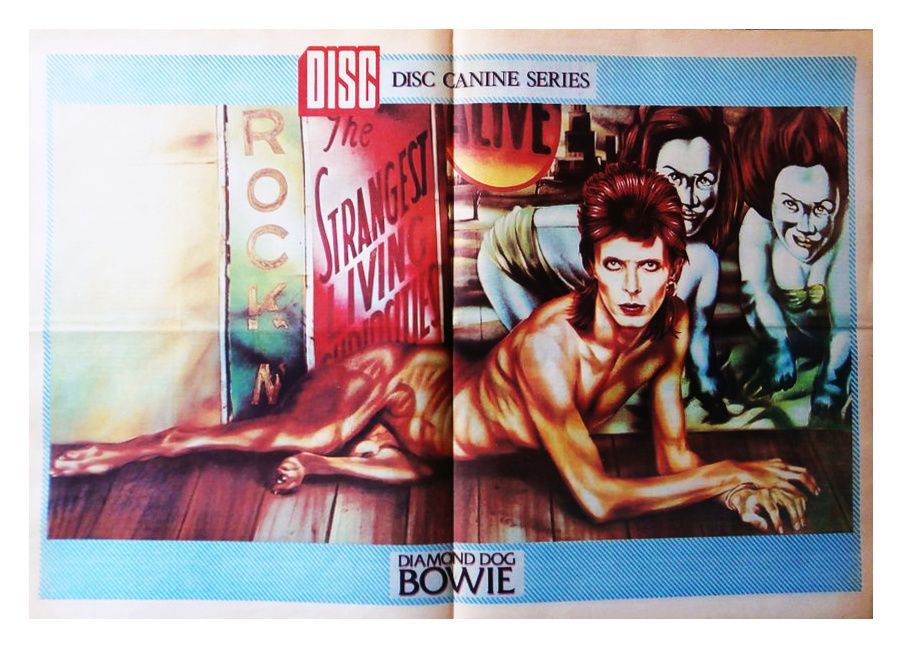
Just when you think things can’t get any worse, on come Icehouse. I’ve encountered these stylized, synth-pop Aussies before, when they supported Simple Minds in Liverpool a couple of years ago. That night I was on the clock, with a last train to catch, and I just wanted Icehouse to be gone, so the band I actually wanted to see would come on earlier. In the end I saw about forty minutes of Simple Minds before having to dash to the station. Now, here are Icehouse, getting in the way, again, with their wishy-washy Ferry-isms.
Long journey, shit support, wet weather and spartan surroundings. It’s going to take a serious amount of moonshine to get in the mood for some Serious Moonlight, so we head to the bar. Things improve marginally when we take our seats again for The Thompson Twins. Which for me is like saying we’ve cured smallpox but you’re gonna have to live with chickenpox a wee bit longer. But Ava likes them, and they at least have a couple of songs we know, as they sugar-rush around the huge stage like Snap, Crackle and Pop.
After what seems like an eternity, but is more like an hour, The Thompson Twins depart, and the thud-thud-thud and drang-drang-drang of the backline of the Bowie band’s instruments being checked thunders out of the PA stacks. It’s 8pm. We’re nearly there. Inside the ground and in the surrounding streets, bootleggers’ fingers hover over the red record button.
"While ‘Starman’ on Top Of The Pops back in ‘72 might have been an awakening for some, us slightly younger Bowie fans got our own defining TV moment at the beginning of 1975. The ‘Cracked Actor’ documentary was shown on BBC 1 late on Sunday night, as part of their ‘Omnibus’ series. A film crew followed Bowie on his most recent US tour, and he came across exactly as I hoped: detached, enigmatic and mysterious.
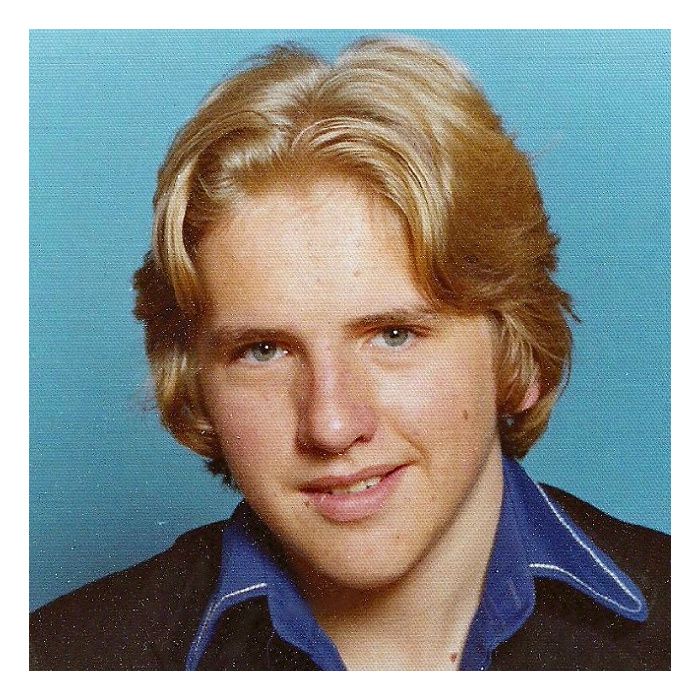
"As a young teen from the north side of Sheffield, I could barely spell cocaine psychosis, let alone understand it. I just saw a visiting comet whose nearby orbit just happened to coincide with my emerging interest in music, art and culture. At one point, Bowie explores and explains “cut ups”, chopping up and rearranging sentences to trigger new meanings and insights. This was almost certainly the first time I heard the name William Burroughs. On screen, we saw the key, final lyrics from his song ‘Candidate’.
We'll buy some drugs and watch a band
Then jump in the river holding hands.
I was 14. The only drugs I knew were the Corticosteroid pills I took for my spots. I’d never seen a gig and couldn’t swim. Yet somehow, David Bowie made the prospect of this dramatic, pretty sordid demise sound like the most romantic, exciting thing that could ever happen. Throw in a bunch of angel-dusted cosmic dancers filmed out of their heads at the gigs, plus a greatest hits soundtrack, and this was riveting, unforgettable television. Remember, Pilot were number one in the charts with the shrill and chirpy ‘January’. A record so guaranteed to set your teeth on edge that it might well have been produced by the British Dental Association. ‘Cracked Actor’ welcomed me through a stage door that I’d started hanging around outside a couple of years earlier. Come in, take a walk on the weird side."
“Ladies and gentlemen. On stage for the first time in five years. DAVID BOWIE!”
There he is. Not so much the thin white duke as the small blue suit, away in the distance. The ten-piece band rips through a revved-up ‘Star’, track two, side two on ‘Ziggy chuffin’ Stardust’. It’s him, it’s really him. I smile and pinch myself. David Bowie. He momentarily throws us with a sniff of the old folk song ‘Lavender Blue’ - “Eh, what’s this?” - which actually tees up the intro to “Heroes”. Imagine having the depth of catalogue to be able to play an anthem like “Heroes” second in the show?
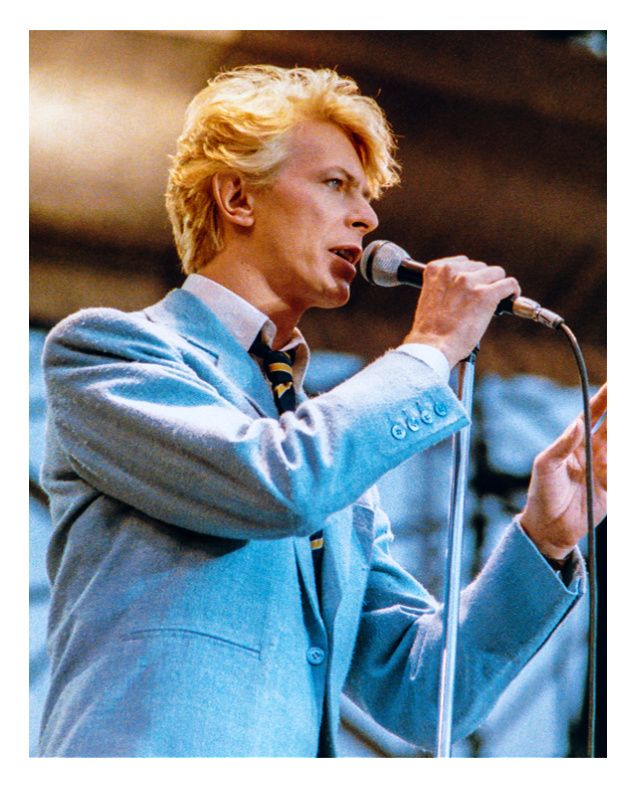
This is a winning fruit-machine set. Three cherries every time Puerto Rican band leader Carlos Alomar counts them in: ‘Golden Years’, ‘Fashion’, ‘Let’s Dance’, ‘Life On Mars’ and ‘Sorrow’. And that’s just the first half-an-hour. Beyond a request for the fans down the front to stop pushing in case someone gets hurt, we don’t get much in the way of chat from the great man. With twenty-six gigs already packed away, the performance runs as sleekly as a Trans Europ Express locomotive, even the guitarist is called Slick.
"Sometimes Bowie would come at you from a different, unexpected angle. Like on a Saturday afternoon in 1976, checking out the platform soles and Bugsy Malone lace-ups in Rebina Shoes, when the crisp, funky intro to ‘Stay’ from ‘Station To Station’ - somewhere between Santana and ‘The Theme From Shaft’ - blasted out of the shop’s powerful stereo system and knocked you sideways. Or the following year, at a 17th birthday party, when the DJ jumped from ‘December, 1963 (Oh What A Night)’ by Frankie Valli & The Four Seasons into the just-released ‘Sound and Vision’, as if an unnamed visitor from the future had just handed him the platter with the simple, urgent instruction: “Play this, now.” Who else would release a three-minute pop song where the lead-vocal didn’t come in until the track was half-finished? And have the confidence that it would still be a top 3 smash?"
A massive inflatable globe is pushed out into the crowd, as Bowie, on acoustic guitar, leads the band through ‘Young Americans’, which is taken at an ambling, almost country music pace. A mammoth game of beach volleyball breaks out on the pitch, until someone bursts the bubble. Ever the entertainer, Bowie duly produces a second big blue world and offers to send the expired earth to Ronald Reagan. When he introduces the band, I’m thrilled to find that I’ve been listening to the matchless Tony Thompson, drummer on all the Chic and Sister Sledge records I love. ‘Fame’ ends the main set.
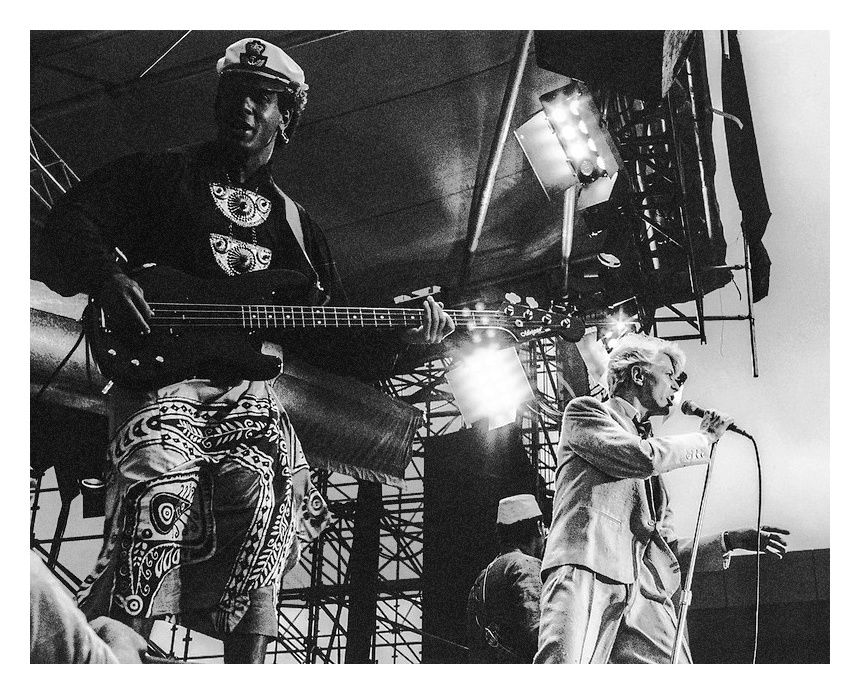
"In 1978, I joined the school pop group. Initially, our repertoire was still in thrall to the golden age of rock and roll: Chuck Berry, Buddy Holly and early Beatles. Over the following months, however, there was a gentle modernisation of our song pool. ‘Ships In The Night’ by Be-Bop Deluxe, ‘She’s So Modern’ by The Boomtown Rats and four Bowie songs. If there were Nuremberg War Trials for bad cover versions, our torturing of ‘Golden Years’ would have seen us found guilty of crimes against music and dispatched to the gallows before you could say “whop, whop, whop”. As a singer, I was rightly stuck behind the drums doing backing vocals. As a drummer, I could just about keep the beat together for the duration of the song. Yet somehow, when we were clod-hopping through ‘The Jean Genie’ and ‘‘Rebel Rebel’ or crooning through ‘Sorrow’, it didn't matter how inept our attempts might sound compared to Bowie’s originals. What counted for me was playing his songs, as that somehow brought me closer to the man himself."
While the band cooks up a heavy funk-rock stew for ‘Stay’, Bowie changes outfits, before wrapping it up with a remorseless ‘Jean Genie’ and a final plug for the new album with ‘Modern Love’. Inevitably waving bye-bye as he sings “I never wave bye-bye.” And with that, he’s gone. The small blue suit disappears, and his two-hour grip on this subprime slice of Edinburgh real estate starts to relax.
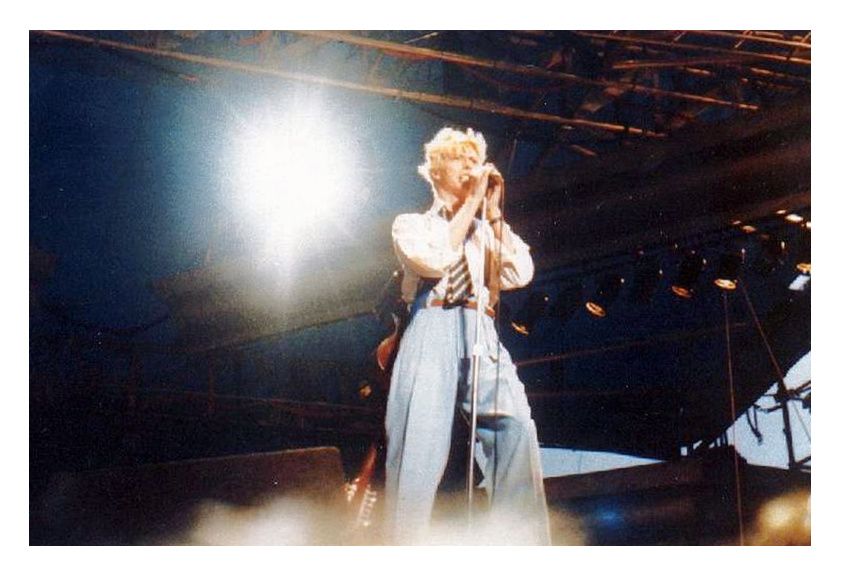
It’s just before ten o’clock, but the summer days are long up here on the east coast of Scotland, even the grey, wet ones, so it’s still barely dusk. We make our way out of the ground in search of our coach, one of many lined up like a vast collection of oversized duty-free cigarette cartons. We’re a bit drunk and it would be a shame to end up in Carlisle or Aberdeen, should we stumble onto the wrong bus in our euphoric state. I’d like to say the whole of the charabanc sang Bowie songs all the way back to Sheffield, but the rolling wheels put all the Ziggy babes and Aladdin Sanes fast asleep before we hit Berwick-on-Tweed.
"By 1979, I had joined an art-rock band whose singer took his stage name from Bowie’s character in Nic Roeg’s ‘The Man Who Fell To Earth’, Thomas Jerome Newton. My fellow band members, all a little older and more worldly than me, would have been part of the 1972 intake of Bowie acolytes and consequently knew a lot more than me about his extended universe - Iggy Pop and The Stooges, Lou Reed and the Velvet Underground. Nonetheless, I felt as if a six-year passage - perhaps more of a ‘Fantastic Voyage’ - had taken me from laughing with the little gnome to swinging with the big boys."
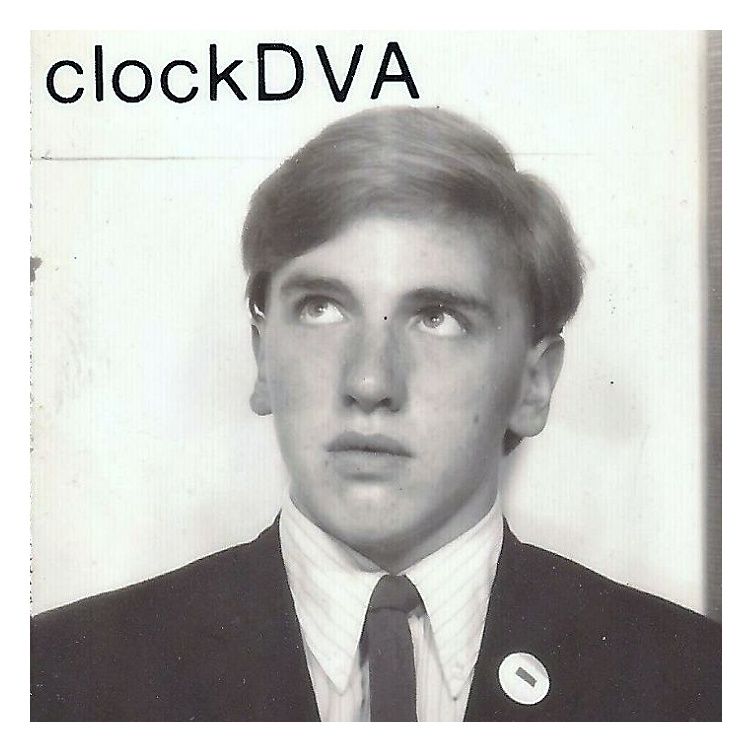
I’d go on to see David Bowie live four more times. Hopefully, I’ll be able to recount those tales to you in the future.
Thanks to Brent Sharp, John 'Wilma' Whyman, Simon Elliott-Kemp and Kevin at Avalanche Records, Edinburgh. Special thanks to my editor Nigel Floyd.
I've been listening to a lot of Bowie while I've been working on this post and the attendent podcast. Here's a playlist which takes one song from each studio album from his 1967 debut right through the posthumous release 'Toy'.
